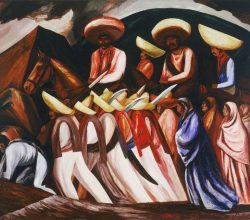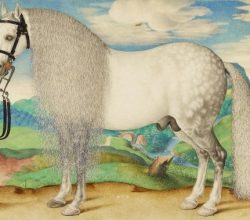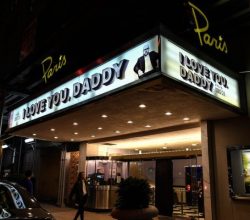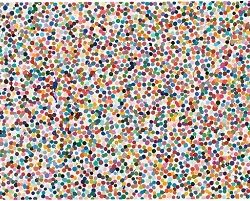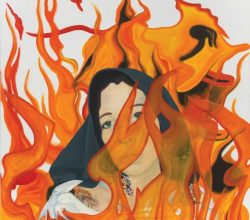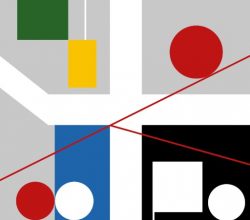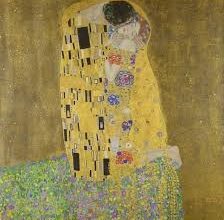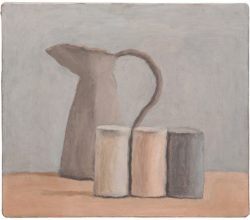
Who Was Giorgio Morandi, Master Painter and Perfecter of the Meditative Stare?
Andy Battaglia | ARTnews | 17th July 2020
Morandi lived in a modest Bologna apartment, for decades painting pale still-lifes of bottles and tins. No bright colours or brand names, no dramatic shapes, yet these works stand out. Explaining this, Robert Hughes referenced the Japanese aesthetic of wabi – “the clarity of ordinary substance seen for itself, in its true quality.” John Berger, in an old but excellent piece, thought similarly – “precise and sharp observation … monastic”.

